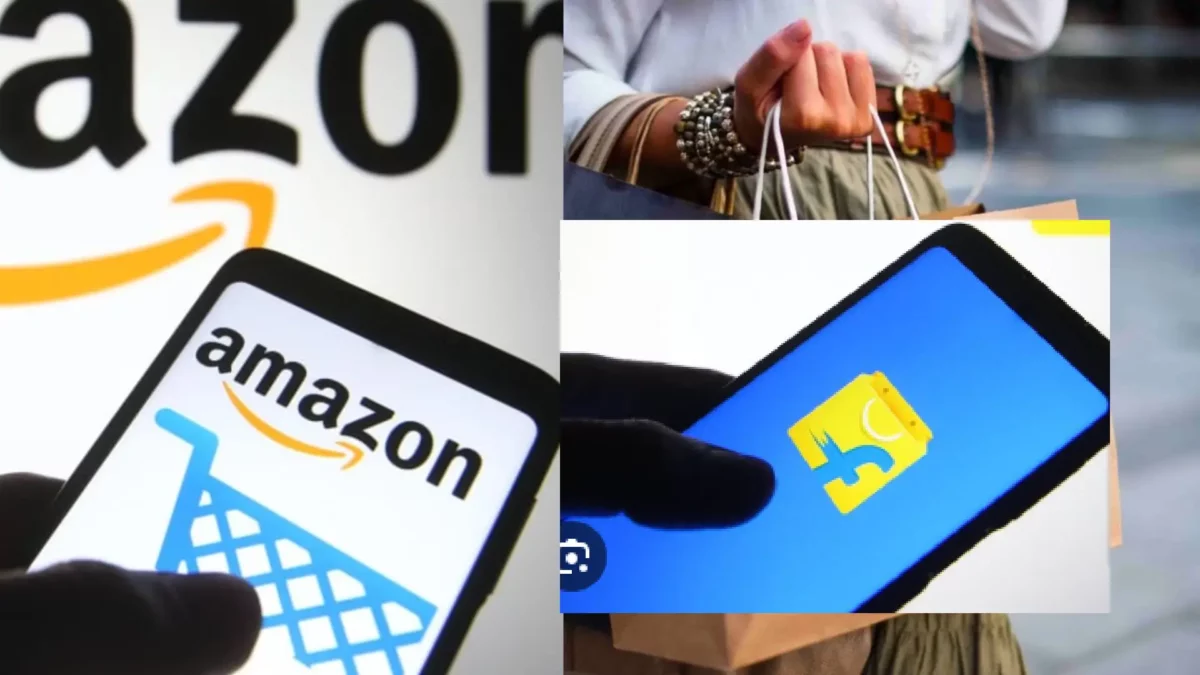In today’s rapidly growing electric vehicle segment in India, well-known companies like Hero, Honda, and others are launching their electric vehicles in the Indian market. Indian consumers are showing a strong preference for these companies’ electric scooters.
In this article, we will introduce you to a new electric scooter that offers an impressive range of up to 250 kilometers. This electric scooter is Hero Electric’s Axlhe 20. Let’s delve into the details of this remarkable electric scooter.
First and foremost, let’s talk about the battery pack of this electric scooter. Hero Electric has equipped this scooter with a 2 kWh lithium-ion battery pack capable of providing a range of up to 250 kilometers. Hero Electric designed this scooter with the average consumer in mind, as people often seek electric scooters that offer maximum range at an affordable price. Charging the scooter to 100% takes only three to four hours.
Speed and Motor: The company has integrated a 1000W BLDC hub motor into this electric scooter, providing it with a top speed of 45 kilometers per hour. It’s worth noting that this electric scooter falls into the lower speed category but offers an extended range at an affordable price point.
Features: Hero Electric has plans to offer outstanding features with this electric scooter, although specific details have not yet been released on the company’s official website. However, the company is likely to focus on delivering value to the consumers with features that enhance their riding experience.
When considering the No Cost EMI (Equated Monthly Installment) option offered by various online shopping platforms like Amazon-Flipkart and Myntra-Meesho during sales, it’s essential to understand the underlying mechanics. These companies often provide No Cost EMI options through partnerships with banks for specific durations, ranging from 3 to 12 months.
It raises the question of how banks can offer loans without charging any interest. The Reserve Bank of India (RBI) has stated that there is no such thing as a zero percent interest rate. In a 2013 circular, RBI clarified that there is no zero percent interest rate concept. Often, credit card companies offering zero percent EMI schemes recover the interest amount as processing fees. Similarly, banks incorporate the interest amount into the product’s price when providing No Cost EMI options. RBI’s circular asserts that there is no free lunch when it comes to loans.
During No Cost EMI offers, companies often increase the product’s price before applying discounts, making it seem like customers are getting substantial discounts while simultaneously offering No Cost EMI. However, the extra cost associated with No Cost EMI is usually pre-calculated by companies. Whether you opt for No Cost EMI or not, the company benefits either way. Although the benefit might be minimal, it’s essential to be aware of it.
If you’ve ever bought a product on No Cost EMI, you may have noticed that you still pay some processing fees associated with each EMI. So, have you been cheated? Not exactly. When you opt for No Cost EMI, the company determines the discount equivalent to the bank’s interest for the chosen duration. You end up paying that discount over the selected period. While this may appear as interest-free, the processing fee, which most people overlook, is charged. While the fee is relatively small, it’s crucial to consider it when opting for No Cost EMI.
Is No Cost EMI Beneficial or Harmful? Upon reading the above information, you might wonder if No Cost EMI offers are advantageous or detrimental. In reality, it depends on various factors. If you purchase a product outright, you pay the entire amount at once. However, with No Cost EMI, you only pay a small portion upfront and earn interest on the remaining amount. This interest often exceeds the initial discount provided by the company.

For example, suppose you are purchasing a mobile phone during a sale for Rs. 12,000. If you opt for No Cost EMI for 12 months, the bank charges 12% interest. Over a year, you would end up paying approximately Rs. 795 as interest. While the bank initially offers you a discount equivalent to the interest rate, you gradually pay that amount over the chosen tenure. You pay about Rs. 66.19 as interest each month. Additionally, you are required to pay an 18% GST on this interest amount, totaling around Rs. 12 for the year.
In conclusion, while No Cost EMI may seem like a convenient option during sales, it’s essential to consider the processing fees, which may negate any benefits of the interest-free offer. Always carefully review the terms and conditions of such offers to make an informed decision.
